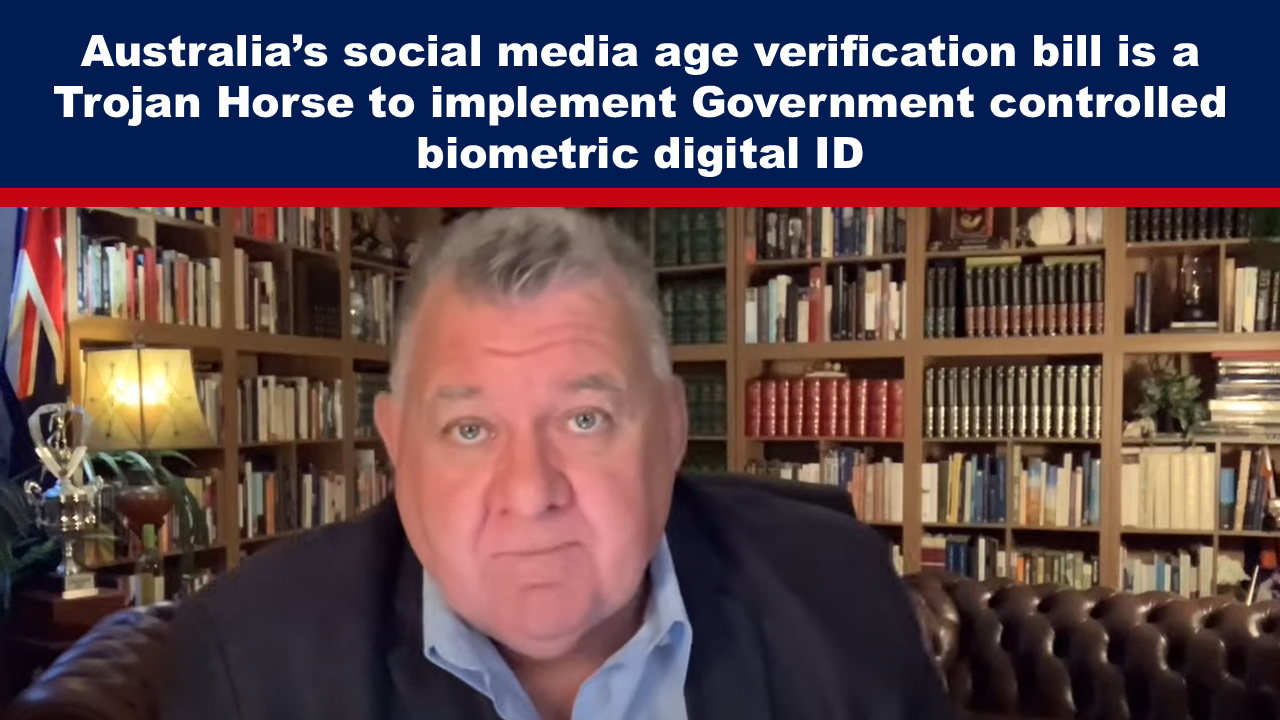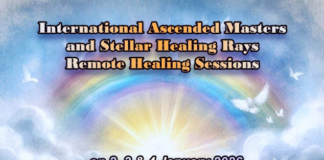By
Yesterday, the Australian government introduced legislation in Parliament that would ban children under 16 from accessing social media platforms. The claim is the bill is to protect young people from the negative impacts of excessive social media use, including mental health concerns, body image issues and exposure to harmful content. But this is the excuse, not the motive.
The proposed law is an amendment to Australia’s Online Safety Act. It sets a minimum age limit of 16 for accessing social media platforms. If passed, the law would outline some of the toughest controls so far on social media platforms imposed by a country.
The obvious problem with such a bill, without seeing any details, is what’s to stop the Government from expanding the law into other areas? Nothing. As Freezenet explains a very familiar maxim that is well known among those who work for the Government, “Once you have a hammer, everything looks like a nail.”
Until the bill was introduced into parliament, details of how the ban would actually work had been scarce. “Today’s bill provides a more complete picture. But many ambiguities – and problems – still remain,” The Conversation noted.
Under the proposed law, social media companies will be required to demonstrate they are taking “reasonable steps” to prevent access for under-16s. Penalties will be imposed on platforms that fail to comply. The eSafety Commissioner will be responsible for enforcing the new laws and monitoring compliance. The bill proposes a fine of up to AU$50 million on social media platforms if they fail to uphold the ban.
Interestingly, platforms which are most likely to be used by children without adult supervision are exempt. According to The Conversation the bill “includes an exclusion framework that exempts messaging apps … online gaming platforms and services with the ‘primary purpose of supporting the health and education of end-users’.” Some platforms that will be exempt include Google-owned YouTube, Google Classroom, Meta’s WhatsApp and Headspace, a non-profit organisation for youth mental health established by the Australian Government in 2006.
Additionally, “the bill won’t stop people under 16 from watching videos on YouTube or seeing content on Facebook – it is primarily designed to stop them from making an account.”
Apart from apps most likely to be used by children and that platforms can still be used by children as long as they don’t create an account, why would the Australian government not want one of their own organisations to be following the law they are implementing to protect children? It doesn’t add up. So, what’s the age verification really about?
Yesterday, former Member of the Australian Parliament Craig Kelly tweeted a video with the following comment:
“The Social Media Age Verification Bill is nothing but a Trojan Horse to implement Government controlled biometric digital ID to log on to X and the other platforms.
“And in their usual sneaky and under-handed way, the proposed Bill introduced in Parliament today hand new extraordinary powers to the eSafety Commissar to decide for herself how this will be implemented.”
As Mr. Kelly explains in the video below, this bill is a smoke screen. “It has nothing to do with protecting the children. It is all about giving more power to the government and unelected bureaucrats.”
An article we published earlier this month by an American campaign group said similar. Age verification for adult content is a stalking horse for comprehensive content-based and personalised government control of internet access, The Identity Project said.
“The current leading edge of attempts to legislate ID requirements for Internet access takes the form of laws requiring “age verification” for access to “adult” internet content. Trying to use age verification for adult web content as the basis for internet ID requirements is a national and international trend. Many US states have enacted or are considering laws like this.
Source: https://expose-news.com
Disclaimer: We at Prepare for Change (PFC) bring you information that is not offered by the mainstream news, and therefore may seem controversial. The opinions, views, statements, and/or information we present are not necessarily promoted, endorsed, espoused, or agreed to by Prepare for Change, its leadership Council, members, those who work with PFC, or those who read its content. However, they are hopefully provocative. Please use discernment! Use logical thinking, your own intuition and your own connection with Source, Spirit and Natural Laws to help you determine what is true and what is not. By sharing information and seeding dialogue, it is our goal to raise consciousness and awareness of higher truths to free us from enslavement of the matrix in this material realm.
 EN
EN FR
FR


























